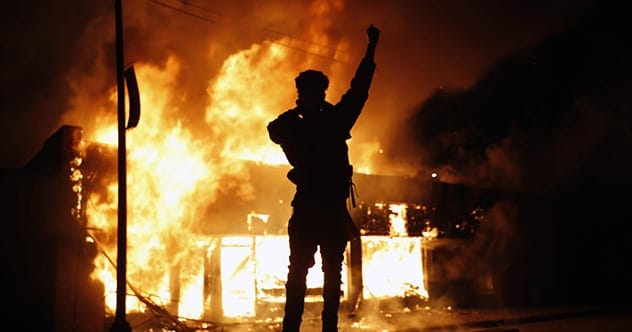The United States is navigating a challenging period, with fluctuations in crime rates across the nation. While overall crime might be down compared to previous years, certain cities are experiencing significant spikes in violent crime. Let’s delve into the ten most dangerous cities in America, focusing on violent crime rates, including murder, rape, robbery, and aggravated assault, based on the most recent comprehensive data from the FBI.
10. Stockton, California
Mayor: Michael Tubbs (Democrat)
Population: 316,996
Stockton, California, with a violent crime rate of 1,386 per 100,000 residents, makes it into the top 10. Despite being home to the oldest university in California and a hub during the Gold Rush, Stockton faced hard times after the 2008 financial crisis. The city is actively working to revitalize its economy and reduce crime rates through various community initiatives.
9. Milwaukee, Wisconsin
Mayor: Tom Barrett (D)
Population: 585,589
Milwaukee, Wisconsin, has a violent crime rate of 1,413 per 100,000 residents. The city grapples with racial disparities and a poverty rate that’s double the national average. However, community efforts like 414Life are striving to combat violence and promote peace.
8. Little Rock, Arkansas
Mayor: Frank Scott Jr. (D)
Population: 197,371
Little Rock, Arkansas, faces significant challenges with a violent crime rate of 1,446 per 100,000. The city’s struggles are compounded by economic issues and gang-related incidents. Despite past efforts to curb gang activity, the city continues to face resource and opportunity limitations.
7. Cleveland, Ohio
Mayor: Frank G. Jackson (D)
Population: 379,233
Cleveland, Ohio, has a violent crime rate of 1,449 per 100,000 residents. The city has experienced population decline and faces high poverty rates, especially among children. These socio-economic factors contribute to the ongoing challenges in reducing crime.
6. Kansas City, Missouri
Mayor: Quinton Lucas (D)
Population: 505,198
Kansas City, Missouri, reports a violent crime rate of 1,590 per 100,000. The city has been grappling with a high number of homicides, often involving firearms. Efforts like Operation Legend have been implemented to address the rising violence.
5. St. Louis, Missouri
Mayor: Lyda Krewson (D)
Population: 293,792
St. Louis, Missouri, has a concerning violent crime rate of 1,800 per 100,000 residents. Despite being a major economic hub, the city struggles with high homicide rates and gun violence, impacting even the youngest residents.
4. Baltimore, Maryland
Mayor: Jack Young (D)
Population: 590,479
Baltimore, Maryland, reports a violent crime rate of 1,833 per 100,000. While known for its historical landmarks and attractions, the city faces high robbery rates and overall violent crime, which has been on the rise.
3. Birmingham, Alabama
Mayor: Randall Woodfin (D)
Population: 208,940
Birmingham, Alabama, has a violent crime rate of 1,912 per 100,000 residents. Despite its historical significance and economic activities, the city grapples with high levels of aggravated assaults. Recent reports indicate a decrease in violent crime, but the long-term impact remains to be seen.
2. Memphis, Tennessee
Mayor: Jim Strickland (D)
Population: 647,374
Memphis, Tennessee, faces significant violence, reflected in its violent crime rate of 1,943 per 100,000 residents. The city has struggled with firearm violence, prompting the implementation of programs like Project Guardian to reduce gun-related crimes.
1. Detroit, Michigan
Mayor: Mike Duggan (D)
Population: 667,272
Detroit, Michigan, is currently the most dangerous city in the United States, with a violent crime rate exceeding 2,000 per 100,000 residents. The city has faced significant population decline and economic challenges, leading to high unemployment and poverty rates. These factors contribute to the pervasive crime issues.
Understanding the challenges these cities face is the first step in addressing and improving safety and quality of life for their residents. By focusing on community initiatives, economic revitalization, and comprehensive crime reduction strategies, there’s hope for positive change.
What are your thoughts on these statistics? Leave your comment below and share your insights.










